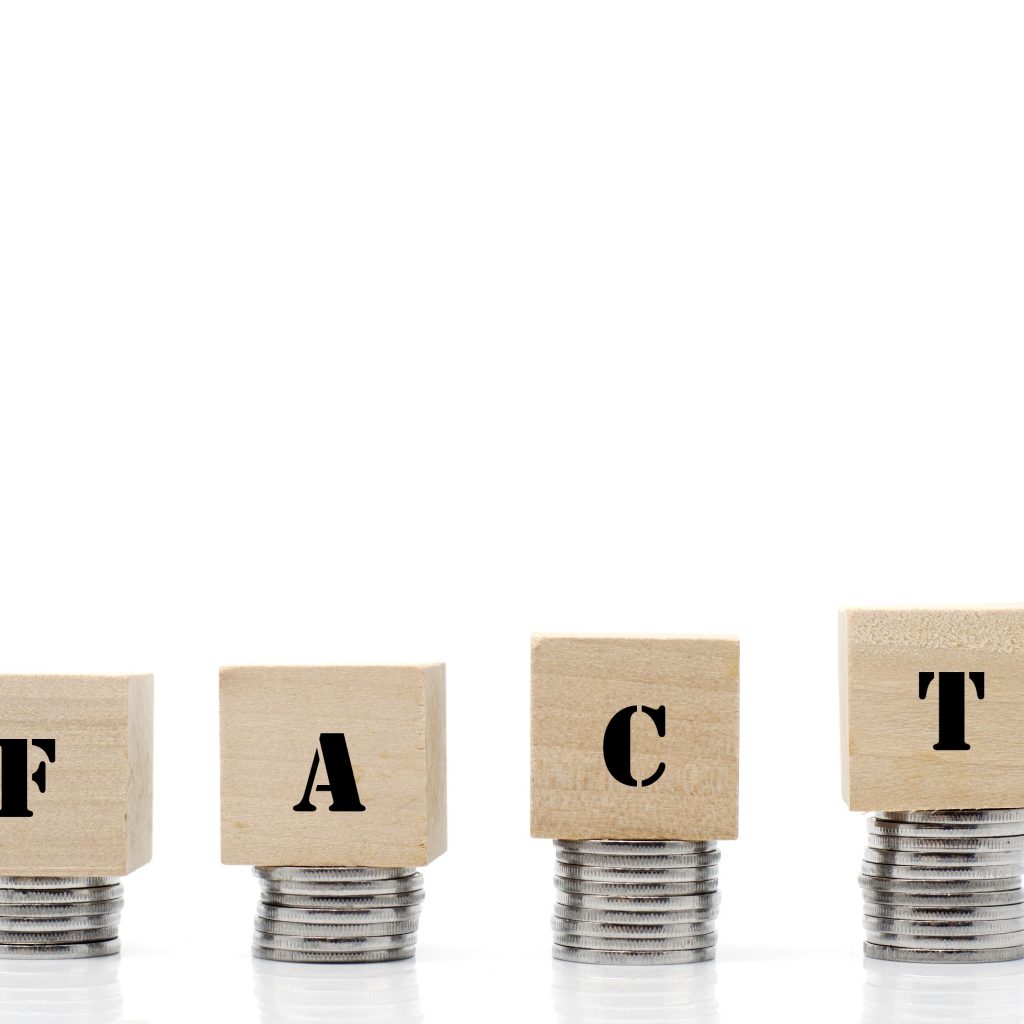
What is a Reverse Mortgage and how does it work? If you are a senior with financial problems, you might be considering it so let us explain what a reverse mortgage is and how it works.
What is a Reverse Mortgage?
This specific type of loan is exclusively for homeowners who are at least 62 years old. Reverse mortgages allow borrowers to easily convert their home equity into cash without making monthly payments.
For example, on a conventional mortgage, the borrower repays the lender; on the other hand, a reverse mortgage works oppositely. If you qualify, you will receive a certain sum based on the amount of equity that you have in your home. It is worth noting that your lender will make payments to you by tapping into the equity that you have built up in your home.
Actually, experts also refer to this type of loan as a home equity conversion mortgage. This is because when you take out a reverse mortgage, you convert the equity in your home into an income source. Keep in mind that federal regulations in the US require lenders to structure the financial transaction in a way that the loan amount does not exceed the value of the home. In a majority of cases, you may use the money for anything, and payments are often tax-free, which is another benefit.
(READ: What is VA IRRRL Refinance? (VA IRRRL Guidelines))
Reverse Mortgage – How Does It Work?
Keep in mind that this uses your home as collateral, just like a conventional mortgage. However, these loans are different in a couple of ways. First, instead of paying money to the lender, you receive money. Second, the loan amount grows over time.
This is different as on a regular mortgage, the amount shrinks with each monthly payment that you make. We can also define a reverse mortgage as a negative amortization loan, meaning the loan balance increases over time.
For example, you may borrow $120,000 upfront; however, by the time you either sell your home and move or pass away, you will owe more than that. This will depend on the interest rate on your reverse mortgage. Here are some common ways you can receive the funds from your reverse mortgage.
Lump Sums
Under this option, you may take the money that you are entitled to upfront. However, keep in mind that you have to take the amount in two sums. The second sum will come one year after the first.
Term Payment
You can get funds on a monthly basis for a certain period. Remember that the interest rate is adjustable.
Credit Line
You do not take any cash under this scenario. Instead, you get access to a line of credit that you can easily draw on at any time. Note that based on its adjustable interest rate, this credit line will grow over time.
But how does a reverse mortgage work when you die? When you move or die, the proceeds from the sale of your home go to your lender in order to repay the principal of the reverse mortgage and its interest, fees, and mortgage insurance.
Applying is Simple(!)
If you think that a reverse mortgage is the best solution for you, applying for it is similar to applying for a traditional home equity loan.


